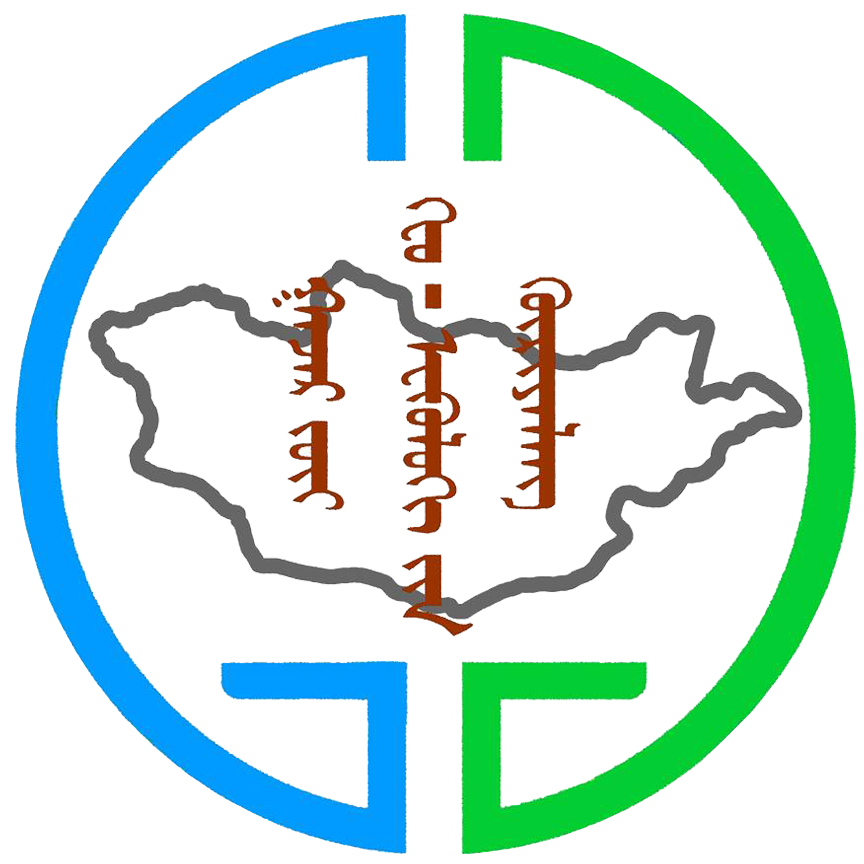Global maps of bioclimatic variables currently exist only at very coarse spatial resolution (e.g. World-Clim). For ecological studies requiring higher resolved information, this spatial resolution is often insufficient. The aim of this study is to estimate important bioclimatic variables of Mongolia from Earth Observation (EO) data at a higher spatial resolution of 1 km. The analysis used two different satellite time series data sets: land surface temperature (LST) from Moderate Resolution Imaging Spectroradiometer (MODIS), and precipitation (P) from Climate Hazards Group Infrared Precipitation with Stations (CHIRPS). Monthly maximum, mean, and minimum air temperature were estimated from Terra MODIS satellite (collection 6) LST time series product using the random forest (RF) regression model. Monthly total precipitation data were obtained from CHIRPS version 2.0. Based on this primary data, spatial maps of 19 bioclimatic variables at a spatial resolution of 1 km were generated, representing the period 2002–2017. We tested the relationship between estimated bioclimatic variables (SatClim) and WorldClim bioclimatic variables version 2.0 (WorldClim) using determination coefficient (R2), root mean square error (RMSE), and normalized root mean square error (nRMSE) and found overall good agreement. Among the set of 19 WorldClim bioclimatic variables, 17 were estimated with a coefficient of determination (R2) higher than 0.7 and normalized RMSE (nRMSE) lower than 8%, confirming that the spatial pattern and value ranges can be retrieved from satellite data with much higher spatial resolution compared to WorldClim. Only the two bioclimatic variables related to temperature extremes (i.e., annual mean diurnal range and isothermality) were modeled with only moderate accuracy (R2 of about 0.4 with nRMSE of
about 11%). Generally, precipitation-related bioclimatic variables were closer correlated withWorldClim compared to temperature-related bioclimatic variables. The overall success of the modeling was attributed to the fact that satellite-derived data are well suited to generated spatial fields of precipitation and temperature variables, especially at high altitudes and high latitudes. As a consequence of the successful retrieval of the bioclimatic variables at 1 km spatial resolution, we are confident that the estimated 19 bioclimatic variables will be very useful for a range of applications, including species distribution modeling.
